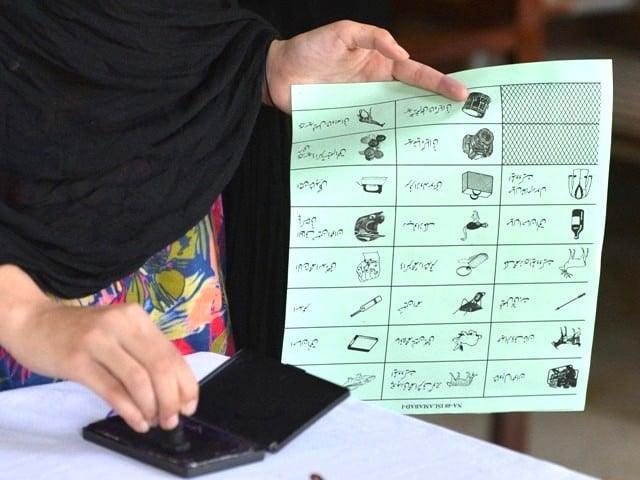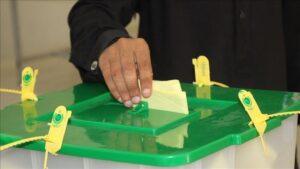ISLAMABAD:
Women voters in 18% of communities under the jurisdiction of male and female polling stations in National Assembly constituencies voted differently than their male counterparts during the 2024 general elections, according to a report published by the Network of Free and Fair Elections (FAFEN) on Sunday.
The report, which compares the results of male and female polling stations within the same communities, found that in 82% of communities, male and female voters aligned in choosing the winners and in selecting the same candidate .
However, in 18% of communities, male and female voters diverged, yielding different winners in their respective electoral colleges.
Since the election results from the combined polling stations do not provide a gender breakdown of how male and female voters vote, FAFEN’s evaluation was only able to compare the results from the male and female polling stations.
Furthermore, the report limited its scope to male and female polling stations where men and women from the same electoral areas voted. The assessment includes 21,188 communities comprising 42,804 comparable polling stations for men and women.
In 18 percent of the communities, male and female voters diverged in their choice of winner, as they returned different winners in their respective polling stations.
Compared to rural areas, urban communities showed more divergent choices between male and female voters.
Among the regions, Islamabad had the highest proportion (37%) of electoral communities with different winners in the male and female electoral colleges.
Balochistan had the second highest proportion (32%), followed by Sindh (19%) and Punjab (18%), while Khyber Pakhtunkhwa (KP) had the lowest proportion (13%) of such electoral communities.
Of the 3,884 communities where women’s election of the winner of National Assembly seats was different, Pakistan Tehreek-e-Insaf (PTI) garnered the most support from women in 1,260 communities, followed by the Pakistan Muslim League -Nawaz (PML-N) in 1,027 and Pakistan. Parliamentarians of the Popular Party (PPPP) in 694 communities.
Regional trends showed that while the PTI performed well across the country when it came to electing women voters, the PML-N remained strong in Punjab and the PPPP dominated in Sindh.
In 37 NA constituencies, the largest proportion of voters in women’s polling stations did not vote for the winning candidates. In 226 NA constituencies, the largest proportion of voters in women’s polling stations voted for the winner of the constituency.
In 166 of those NA precincts, compared to voters in men’s polling stations, a higher proportion of voters in women’s polling stations voted for the winner.




